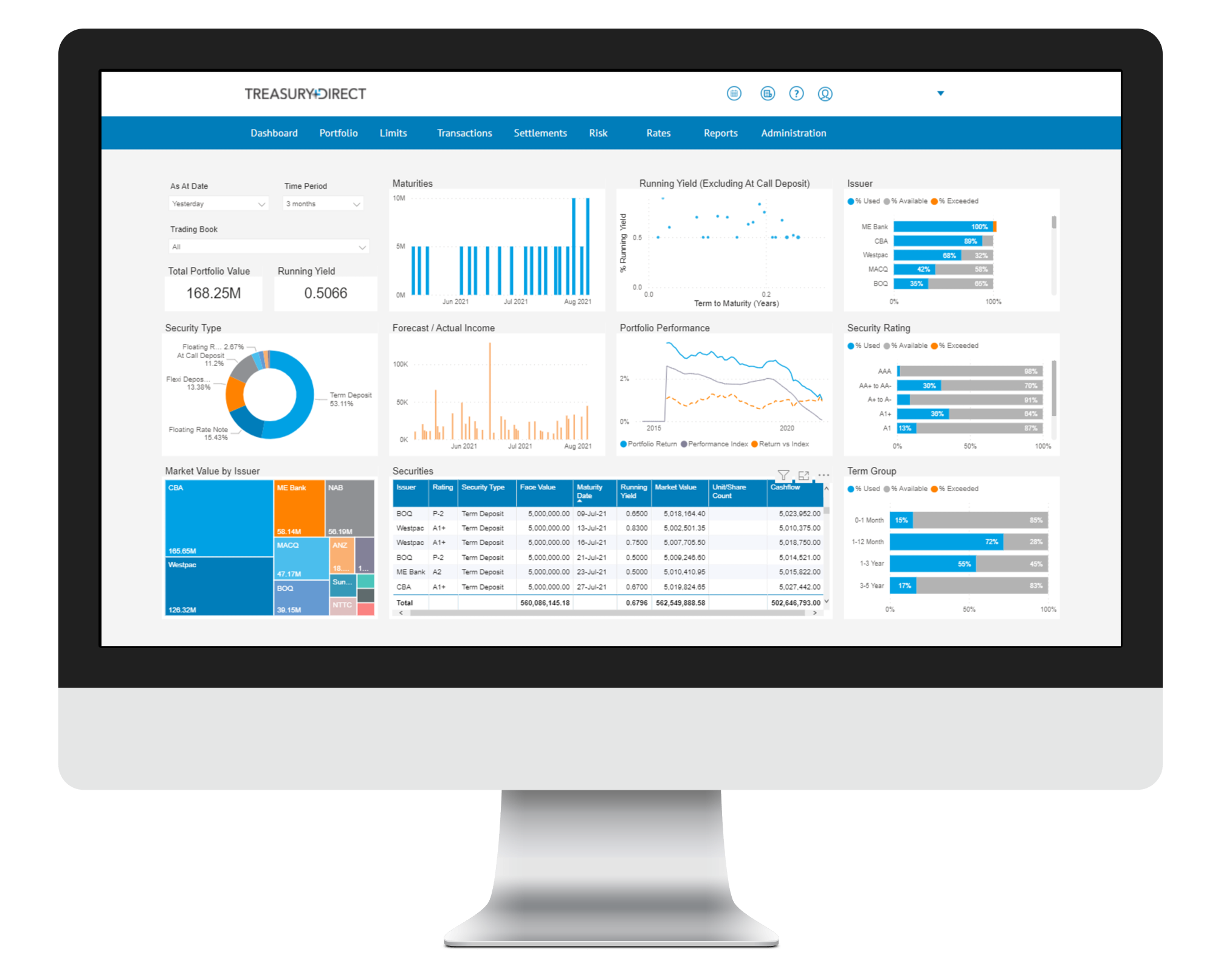Markets Overview
- ASX SPI 200 futures down 0.4% to 8,158.00
- Dow Average down 0.5% to 41,840.45
- Aussie up 0.4% to 0.6588 per US$
- US 10-year yield fell 8.1bps to 4.3029%
- Australia 3-year bond yield fell 0.4 bps to 4.05%
- Australia 10-year bond yield rose 2 bps to 4.56%
- Gold spot little changed at $2,739.06
- Brent futures up 2.7% to $75.11/bbl
Economic Events
- 09:00: (AU) Oct. Judo Bank Australia PMI Compos, prior 49.8
- 09:00: (AU) Oct. Judo Bank Australia PMI Servic, prior 50.6
- 14:30: (AU) RBA-Statement on Monetary Policy
- 14:30: (AU) Nov. RBA Cash Rate Target, est. 4.35%, prior 4.35%
Stocks finished lower and bonds climbed, with polls continuing to depict a tight race in the US presidential election ahead of the Federal Reserve decision.
In the run-up to Tuesday’s vote, equity traders decided to stay on the sidelines as a flurry of polls showed voters are narrowly split between Donald Trump and Kamala Harris. The likelihood of a disputed result could drag the vote count out for weeks or even months. For many, that means a potential rise in volatility. Treasuries rose across the curve and the dollar dropped the most in over a month.
The other positioning challenge is the number of additional catalysts surrounding the vote that are likely to move the market. Election Day will quickly be followed on Thursday by the Fed decision and Jerome Powell’s press conference, where he’ll give details on the central bank’s interest-rate path. And a big chunk of US companies are still due to report their earnings.
“Normally, the Fed rate announcement would dominate the week’s discussion, but this isn’t just any week,” said Chris Larkin at E*Trade from Morgan Stanley. “Traders and investors who have been waiting for the outcome of the election have to prepare themselves for the possibility of a delayed outcome, and the potential impact of that uncertainty on the markets.”
Regarding equity market performance, the S&P 500 tends to see positive returns to close out the year after Election Day, according to Bespoke Investment Group. For all years since 1990, the median gain has been 3.3% with positive returns 25 out of 34 times. For election years, performance has tended to be modestly stronger with a median gain of 3.9% and gains six out of eight times.
The S&P 500 fell 0.3%. The Nasdaq 100 dropped 0.3%. The Dow Jones Industrial Average slid 0.6%.
Treasury 10-year yields declined nine basis points to 4.29%. The Bloomberg Dollar Spot Index slipped 0.4%. Bitcoin fell 2.6%. Oil climbed after OPEC+ agreed to push back its December production increase and Iran outlined a possible response to Israel’s recent bombardment.
From stocks and Treasuries to currencies and commodities, rarely has anxiety been as pronounced at this point of the cycle.
In one example, a gauge of cross-asset risk kept by Bank of America Corp. jumped to the highest point of any pre-election week outside of the financial crisis. Equity options volatility climbed through most of October even as the market’s swings were muted, in anticipation of not just the upcoming election but also earnings season and a Fed decision.
“Investor sentiment could take a turn for the worse over the very short-term, especially if there is uncertainty over the winner of the presidential election or if it takes longer-than-expected to declare a winner,” said Carol Schleif at BMO Family Office. “Sooner or later, the election result will be finalized and any volatility from this is an opportunity in our view.”
Commodity trading advisers, or CTAs, are expected to sell US and global stocks no matter which direction the market goes, according to the Goldman Sachs Group Inc. trading desk.
“Our models assume that over the week CTAs are going to be material sellers in any market scenario,” it said.
JPMorgan Chase & Co. strategist Dubravko Lakos-Bujas expects US equities will climb into the final stretch of 2024 once the results of the US presidential election are declared, particularly if the outcome is political gridlock.
“Under either gridlock scenario, we think equities reprice higher as we clear the uncertainty, volatility decreases and hedges unwind, with investors refocusing on the Federal Reserve at a time when the economy and corporate earnings remain resilient,” he wrote Monday in a note to clients.
The S&P 500 Index can keep climbing into the final stretch of 2024, with a 5% gain from here not out of the question, as investors exhale after the US presidential election passes and year-end FOMO kicks in, according to Morgan Stanley’s Mike Wilson.
But with no clear catalysts in sight, that enthusiasm is likely to fade as the calendar turns to 2025, the strategist warns.

